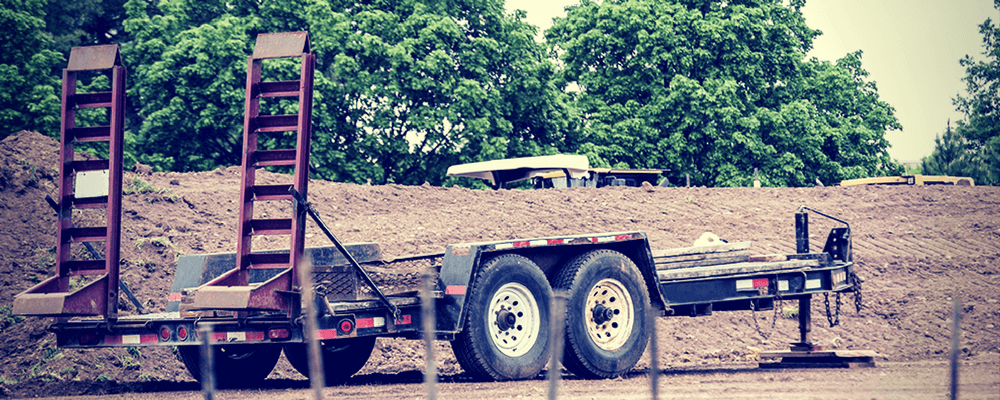Driving flatbed freight is a great way to make more money and see more interesting sites. Flatbed loads require extra training to secure the loads safely and typically involve transporting items of high value, so they tend to pay more. Unlike dry vans, where drivers spend all day backing up to another warehouse dock to “drop and hook,” flatbeds get in the middle of the action, allowing drivers to visit military bases, construction sites, and other cool places.
Find Flatbed Loads
To find flatbed loads, there are a few options depending on how independent an owner-operator you want to be. You can sign with a carrier company which will supply fairly regular work, though they’ll take a set percentage of the shipper’s invoice. Carriers often provide the flatbed truck itself, too. That means if you don’t already own a flatbed and don’t wish to finance one right now, your best bet is to get started with a carrier that specializes in flatbed trailer loads.
Working with a broker is another option that can allow a little more independence since you can be more selective in which loads you take than you could if signed on with a carrier. To work with a broker, you typically must own your own flatbed. The freight broker functions as a sort of middleman, matching up loads with drivers and taking a small percentage from each.
When offered a load through a broker, be wary of deadhead—always think ahead when choosing to accept a load. If the job will take you to a “dead zone” where you’re unlikely to find a new load, you may need to charge more to compensate for your losses or turn down the job. The most profitable drivers know when to say ‘No.’ They know there are always more flatbed loads available that won’t eat into their profits.


